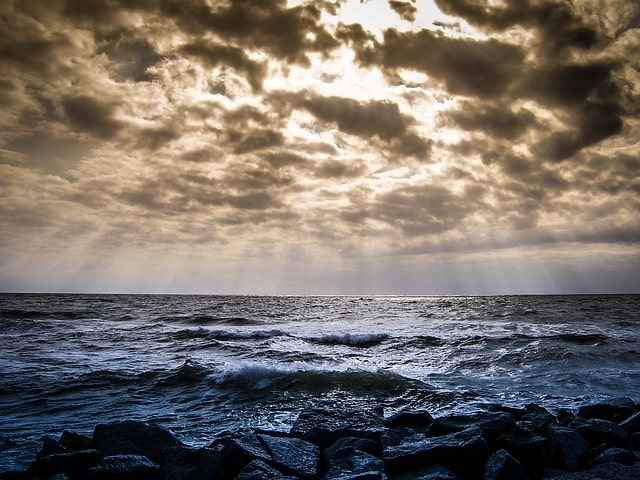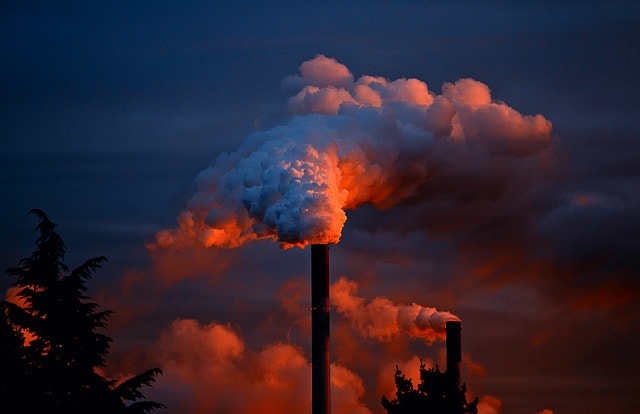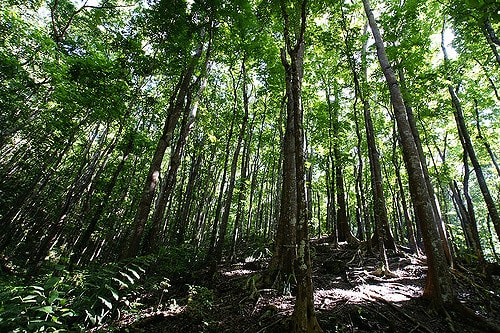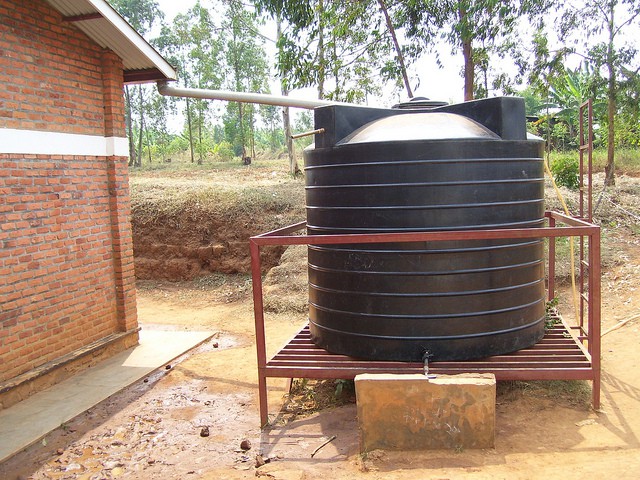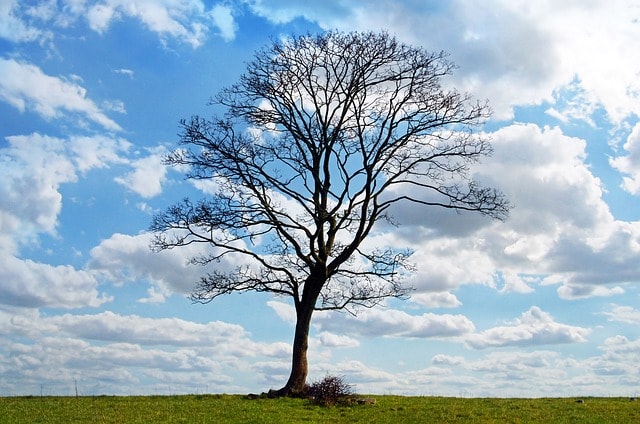Pacific Ocean: Size, Formation, Depth, Islands, Currents, Climate
Pacific Ocean is the largest ocean in the world in terms of weight and depth. It covers more than one third of the surface of the Earth and contains more than half of its volume of water. It is usually done, artificially, a division from the line of Equator: the North Pacific and the South Pacific….


